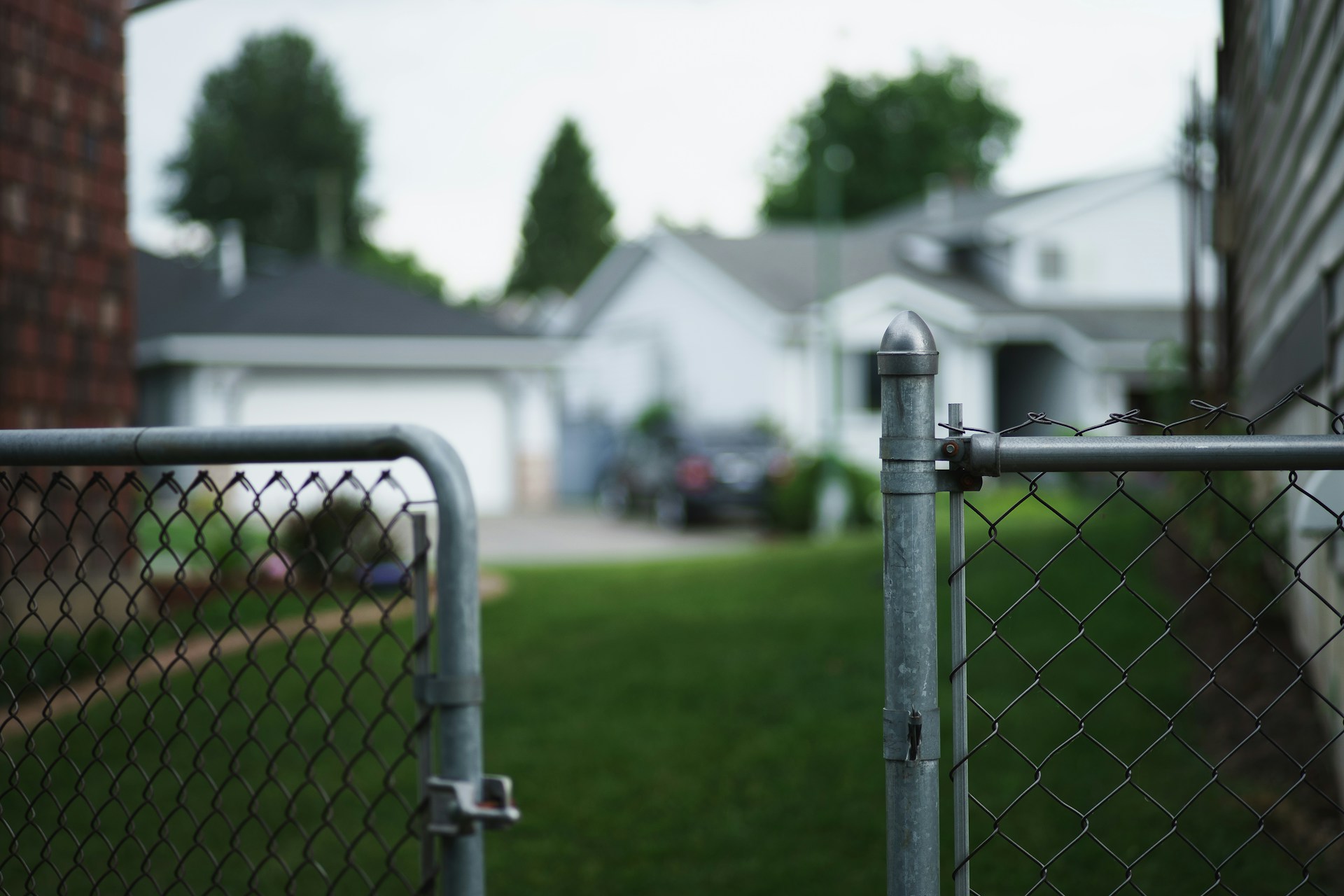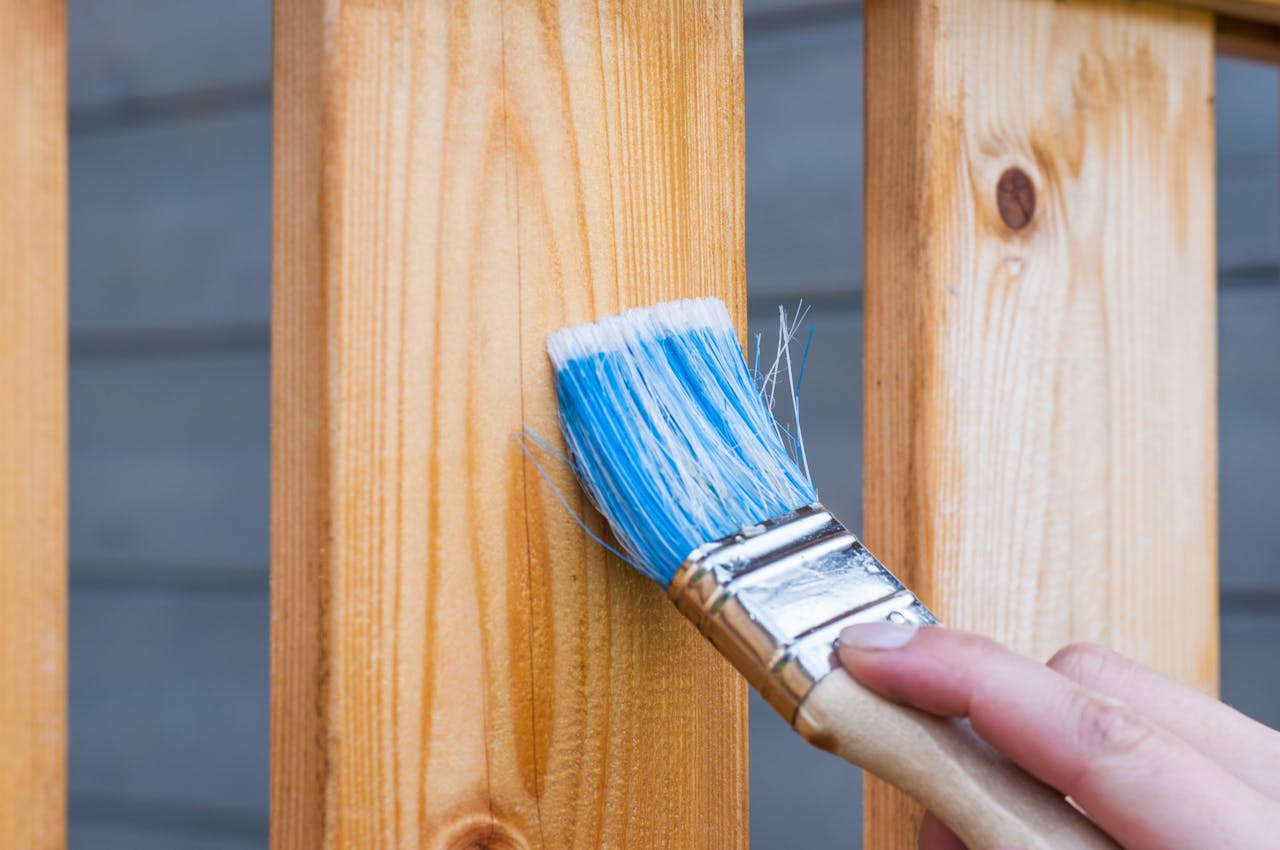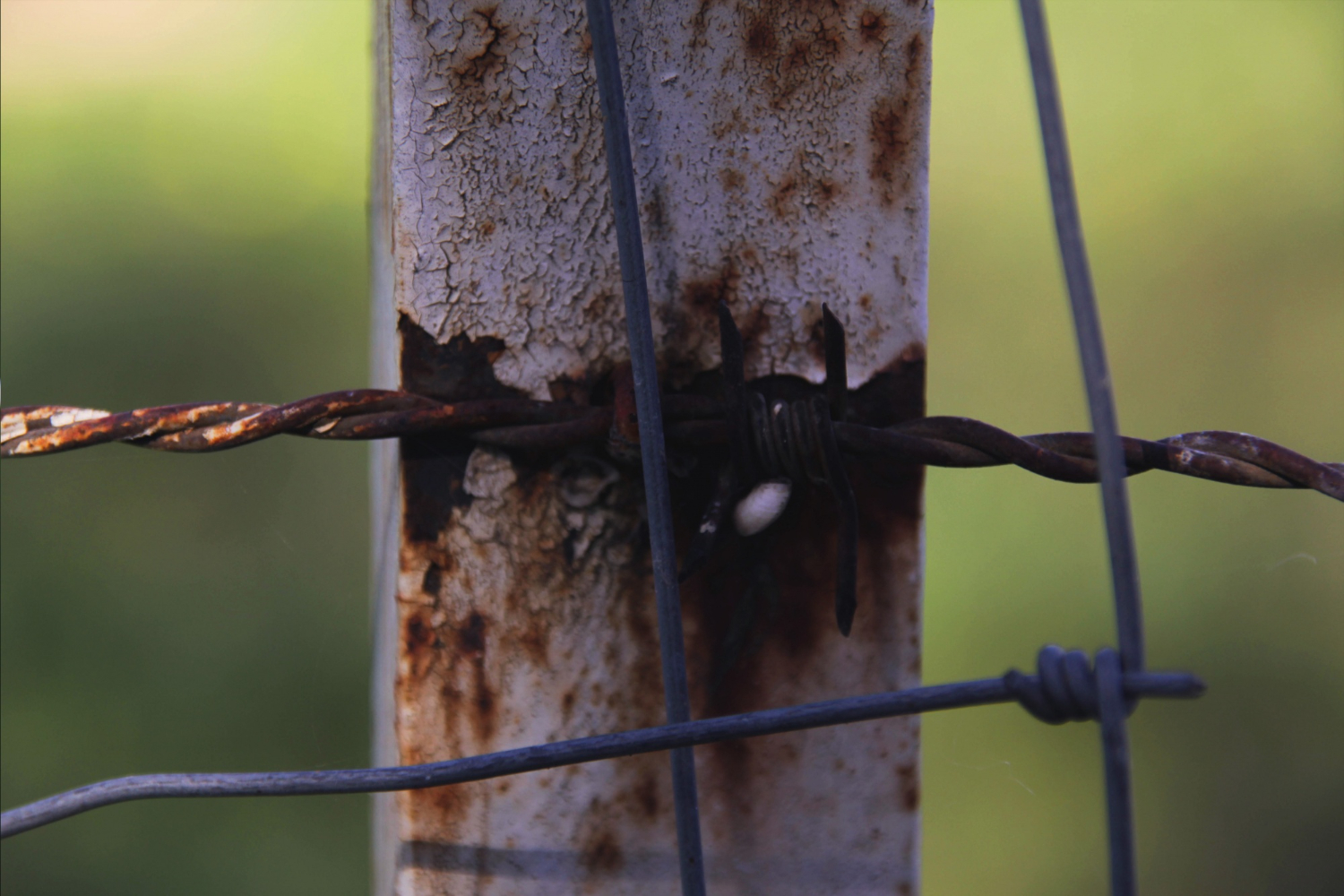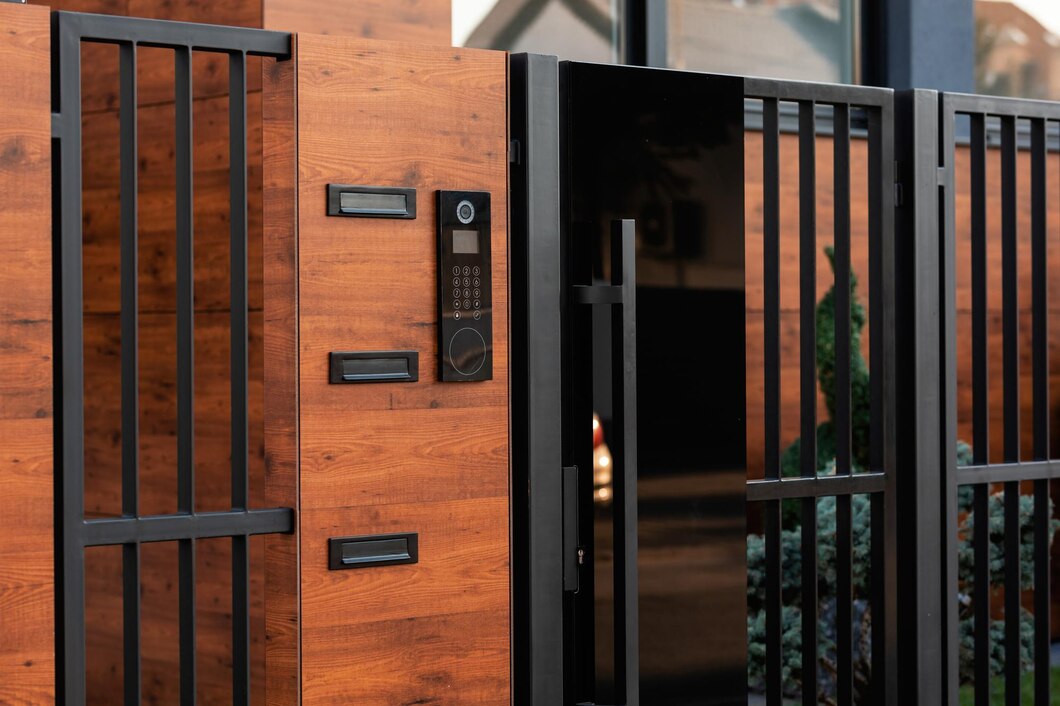Chain link fences are a popular choice for many because they’re sturdy and cost-effective. However, like anything exposed to the elements, they can run into issues over time. Learning to spot these problems early and knowing how to fix them can save you time and money.
Common issues with chain link fences include rust, sagging, and bent framework. These problems might seem daunting, but with the right tools and a little know-how, you can make effective repairs. Understanding how to tackle these issues helps keep your fence looking and functioning its best.
Regular maintenance is key to avoiding bigger problems down the line. Simple steps can make all the difference in extending the life of your fence. This guide will help you learn about common chain link fence issues, how to fix them, and how to prevent them in the future.
Identifying Common Chain Link Fence Problems
Chain link fences are reliable, but they can face a few common problems over time. Being able to spot these issues early helps keep your fence in top condition. One of the most noticeable problems is rust, which occurs when the fence gets exposed to water and moisture. Rust not only looks unsightly, but it can also weaken the metal.
Another common issue is sagging. This happens when the tension wire or line posts lose strength, causing the fence to droop. Sagging fences not only look bad but also lose their effectiveness in providing protection or privacy. Old or worn tension wires often contribute to this problem.
Bent or damaged framework is another issue you might encounter. Wind, accidental impacts, or simply age can cause the metal posts to bend. This can compromise your fence’s stability and appearance. Keeping an eye out for these problems lets you address them before they lead to bigger headaches.
If you notice gaps forming between the ground and the bottom of the fence, it could signal soil erosion or shifting over time. These gaps can create easy entry points for pets or pests, which defeats one of the main purposes of having a fence. Regular inspections can help you catch such problems early.
Finally, loosened fittings and hardware are often overlooked issues. Over time, fittings can become less secure, leaving parts of your fence unstable. Simply inspecting the nuts, bolts, and other fasteners ensures your fence remains firm and secure.
Tools and Materials Needed for Repairs
Repairing a chain link fence isn’t complicated, but having the right tools and materials makes it easier. Before starting, gather everything you need to save time and frustration during the repair process.
Here’s a list of tools you’ll need:
1. Pliers: Useful for tightening and adjusting wires or fittings.
2. Wire Cutters: Handy for trimming or removing damaged sections of chain link.
3. Wrench: Necessary for loosening and tightening nuts and bolts.
4. Hammer: Helps with minor adjustments and securing posts.
5. Measuring Tape: Ensures accuracy when cutting materials to size.
6. Safety Gloves: Protects your hands from sharp edges and rust.
Along with these tools, certain materials might be necessary depending on the specific repair:
– Replacement Chain Link Fabric: Needed for patching large, damaged areas.
– Galvanized Wire: Helps repair or replace tension wires and fencing sections.
– Replacement Fittings and Fasteners: Used for securing loose parts.
– Concrete Mix: Useful for resetting posts if necessary.
Once you have assembled these tools and materials, you’re all set to tackle most chain link fence repairs. Preparation helps ensure your repairs are both effective and efficient.
Step-by-Step Guide to Fixing Damaged Sections
Repairing chain link fences doesn’t have to be difficult. With the right approach and materials, you can restore your fence to its former glory. Follow this step-by-step guide to tackle common issues effectively.
1. Assess the Damage: Check your fence for any visible damage such as rust, sagging, or bent sections. Identifying the scope of the problem helps you plan the repairs.
2. Remove Damaged Sections: For rusted or broken wires, use pliers and wire cutters to carefully remove the damaged parts. Take care not to damage neighboring areas.
3. Straighten or Replace Posts: If a post is bent or unstable, use a wrench to loosen it and reset it in fresh concrete if necessary. Make sure it is perfectly straight before securing.
4. Patch the Fence Fabric: Cut a piece of replacement chain link fabric slightly larger than the damaged area. Use galvanized wire to securely attach it to the existing fence, ensuring it blends seamlessly.
5. Tighten Loose Fittings: Go around the fence and tighten any loose nuts and bolts using a wrench. Replace any that are worn out with new fittings to maintain stability.
6. Adjust Tension Wires: If your fence is sagging, adjust or replace the tension wires. Check for slack and use pliers to tighten them for a firm hold.
7. Final Inspection: Once the repairs are complete, inspect the entire fence for any missed issues. Make any necessary adjustments to ensure everything is secure and visually appealing.
By following these steps, you can effectively mend your fence and prolong its life without involving major expenses or effort.
Preventative Maintenance to Avoid Future Issues
Preventative maintenance is the key to keeping your chain link fence in great shape. With regular care, you can minimize damage and extend the life of your fence. Here are some straightforward maintenance tips to follow.
1. Regular Inspections: Check your fence periodically for any signs of wear, such as rust or loose fittings. Early detection of problems allows you to address them before they worsen.
2. Cleaning: Dirt and grime build-up can lead to rust. Clean your fence using a hose or pressure washer periodically. This removes debris and helps prevent corrosion.
3. Anti-Rust Treatment: Apply a rust-resistant spray or coating to the metal sections of your fence. Doing this at least once a year provides a barrier against moisture.
4. Vegetation Control: Trim any plants or vines that grow near your fence. Keep the area around the fence clear to prevent undue pressure and potential damage.
5. Post Stabilization: Ensure that fence posts are stable and upright. Adjust or reinforce them regularly, especially after harsh weather, to maintain structural integrity.
6. Tension Wire Adjustment: Check the tension wires regularly for slack. Tighten them as needed to prevent sagging that weakens the fence structure.
By incorporating these simple maintenance routines, your chain link fence can remain functional and attractive, safeguarding your property for years to come.
Conclusion
Taking care of a chain link fence involves a balance of quick fixes and long-term preventative measures. Recognizing and repairing issues promptly ensures your fence’s longevity and functionality. An effective maintenance plan keeps your chain link fence looking good and working well, protecting your property through various conditions.
By adhering to regular upkeep tasks like cleaning and rust prevention, you can enjoy peace of mind knowing your fence stands strong. Taking the time to stabilize posts and repair damages as they arise results in a durable, reliable barrier. This proactive approach saves you time, money, and potential headaches in the future.
If you’re unsure where to start or want a professional touch, consider reaching out to Griffin Fence. Our experienced team in Houston is ready to help you with all your fencing needs, ensuring your property stays secure and well-maintained. Whether it’s tackling a major repair or just sharing some expert advice, we’re here to assist you with reliable solutions. Reach out to Griffin Fence, a chainlink fence installer, today and fortify your space with confidence.







